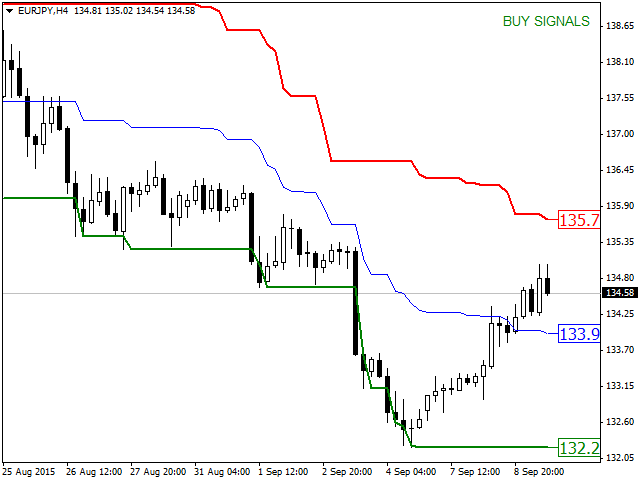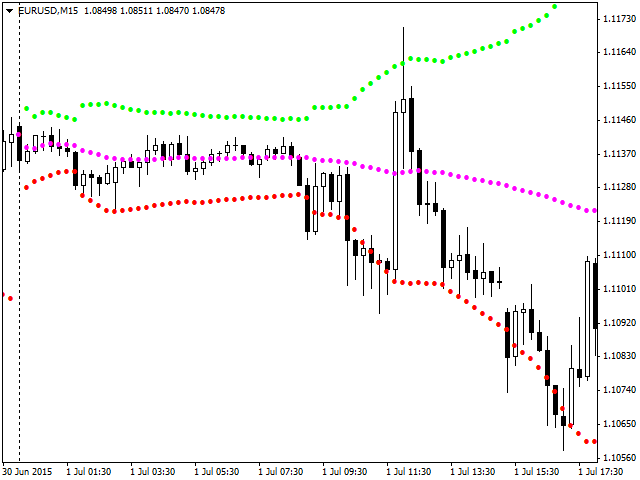Best Fundamental Forex Indicators Explained

This article is the continuation of our execution The main fundamental indicators of the economic situation explains and focuses on economic theories used by experienced, long-term oriented traders.
Market-based macroeconomic theories are based on the principle of parity. In the context of fundamental forex indicators, parity refers to the fact that economic indicators of two countries provide identical values. In the absence of parity, the exchange rate of the pair (in theory) adjusts accordingly, but does so slowly and gradually. In this period of adjustment, trading opportunities arise, whereby the direction of inequality itself can be seen as a fundamental forex indicators.
Purchasing Power Parity – also known as Purchasing Power Parity (PPP)
Purchasing Power Parity, internationally known as “PPP”, is one of the best fundamental forex indicators. It is taken up by economic theories as an economic component and approach to determine the “real” value of currencies.
The basic idea is based on the assumption that there are no transaction costs, which means that goods have the same price anywhere in the world, regardless of the location of the buyer. Purchasing Power Parity allows traders to determine the exchange rates at which it would be appropriate to purchase a certain amount of goods in a specific country. In addition, the PPP allows the price evolution of goods to be tracked in order to track inflation rates, indirectly providing insight into the strengthening or weakening of the currencies concerned.
PPP can be used to make economic comparisons between countries. Looking at their economic development over whole years, it can usually be seen that exchange rates between the currencies concerned move in parallel with the trends identified by PPPs.
Furthermore, this indicator can be used to supplement economic data such as GDP in a way that provides a more accurate picture of the exchange rate situation.
Interest parity – also known as interest rate parity (IRP)
Interest parity is similar to purchasing power parity, but this refers to the purchase of financial assets. Theoretically, this should lead to the same result in all countries after conversion into the corresponding currency. If there is a deviation, this means that the exchange rates have to be adjusted. Interest parity is one of the most useful fundamental forex indicators available to long term traders.
In applying this method, it is assumed that:
Capital is mobile and investors can exchange assets freely within their own
Assets can be converted into liquidity
If points 1 and 2 apply, investors will logically hold assets to generate higher profits. We know that investors own assets from different countries: So if the resulting gains are not identical (after conversion), then there will again be an inequality in currency rates.
International Fisher Effect (IFE)
The international Fisher effect is an economic theory that states that the changes in a currency exchange rate between two countries are approximately equal to the difference in their nominal exchange rate.
If you look at it as a fundamental forex indicator, the IFE works as follows: Assuming that higher interest rates correlate with higher inflation rates, the currency of a country with low interest rates will appreciate in value over time against a currency of a country with higher interest rates. It should be noted that, while the IFE is based on a logical approach, other additional factors influencing the development of exchange rates are not taken into account.
Balance of payments theory
The balance of payments is the sum of all payments and monetary transactions between countries over a given period of time. It also considers the exchange of goods, services, income, gifts, financial assets and liabilities with the rest of the world.
The balance of payments consists of three accounts. The first, “current account”, comprises the balance of trade (exports minus imports), factor income (receipts from international investors minus payments to them) and cash transfers. The second “capital account” records the net changes in the ownership of foreign assets. Finally, the adjustment account remains, which is used to compensate for statistical errors and to ensure that the first two capital accounts together result in zero.
The balance of payments is an important fundamental indicator in forex trading as it allows economists to quantify certain economic targets. For example, a country can keep its currency exchange rates artificially low to stimulate its exports or, on the other hand, pursue strategies that attract more foreign investment.
Asset Market Model
The asset market model focuses on the cash flow aspect of the balance of payments. It states that the value movements of a currency depend on the flow of capital into the country concerned for the purpose of buying stocks and bonds.

The asset market model deserves to be considered separately as a fundamental forex indicator in its own right due to the current growth spurts in financial assets. As the movement of funds between countries becomes more and more voluminous, in proportion to trade goods and services, the capital account becomes more and more important in the balance of payments.
If a country registers an increase in the flow of capital through investment, it also experiences an increase in demand for its currency, which in turn increases its value. In addition, the value of assets depends not only on current movements in the country’s financial assets, but also on the expected behavior of investors in the future.

